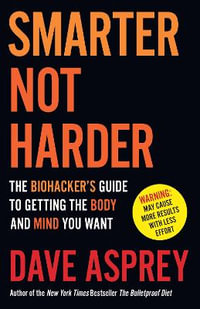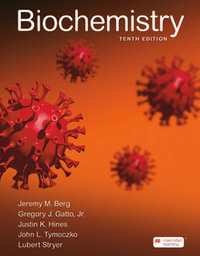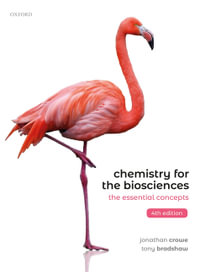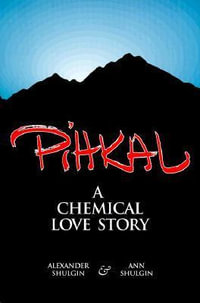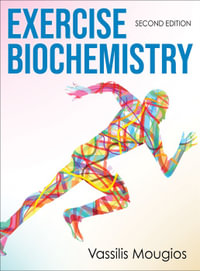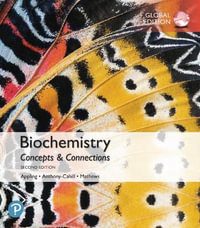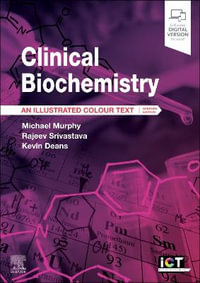| Preface | p. xi |
| The Author | p. xiii |
| Introduction | p. 1 |
| Reference | p. 2 |
| Electrolyte Solutions and Historical Concept of Ion-Pairing | p. 3 |
| Phenomenological Treatment | p. 3 |
| Ion-Solvent Interactions | p. 4 |
| Ion-Ion Aspecific Interactions | p. 7 |
| Interactions of Ions with Non-Electrolytes | p. 9 |
| Critical Review of History of Theoretical Treatments of Ion-Pairing | p. 12 |
| From the Beginning to Bjerrum's Model | p. 12 |
| Further Developments | p. 14 |
| Hydrophobic Ion-Pairing Concept | p. 16 |
| Thermodynamic Properties of Ion-Pairs | p. 18 |
| Techniques for Studying Ion-Pairing | p. 19 |
| Conductometry | p. 19 |
| Potentiometry | p. 19 |
| Spectroscopic Methods | p. 20 |
| Activity Measurement | p. 20 |
| Relaxation Methods | p. 20 |
| Dielectric Relaxation Spectroscopy (DRS) | p. 20 |
| Ultrasonic Relaxation (UR) | p. 21 |
| Separative Methods | p. 21 |
| References | p. 22 |
| Retention Modeling as Function of Mobile Phase Composition | p. 29 |
| Theoretical Models of Ion-Pair Chromatography (IPC) | p. 29 |
| Stoichiometric Models | p. 30 |
| Non-Stoichiometric Models | p. 32 |
| Empirical Models of IPC | p. 46 |
| Chemometrical Optimization Methods | p. 46 |
| Artificial Neural Network (ANN) Models | p. 49 |
| References | p. 51 |
| Modeling of Retention as a Function of Analyte Nature | p. 57 |
| References | p. 59 |
| Stationary Phases | p. 61 |
| Reversed Phase IPC | p. 62 |
| Silica-Based Stationary Phases and Silanophilic Interactions | p. 62 |
| Other Reversed Phase Stationary Phases | p. 65 |
| Normal Phase IPC and Other Stationary Phases | p. 66 |
| References | p. 61 |
| Developments in Column Technology and Fast IPC | p. 71 |
| Ultrahigh Performance Liquid Chromatography (U-HPLC) | p. 71 |
| Monolithic Columns | p. 75 |
| References | p. 76 |
| Ion-Pair Reagents (IPR) | p. 19 |
| Traditional IPRs | p. 19 |
| Volatile IPRs | p. 81 |
| Chaotropic Salts | p. 82 |
| Ionic Liquid-Based IPRs | p. 84 |
| Unusual IPRs | p. 88 |
| IPR Counter Ions | p. 88 |
| Conclusions | p. 90 |
| References | p. 90 |
| Organic Modifiers | p. 99 |
| Organic Modifier Concentration in Eluent | p. 99 |
| Nature of Organic Modifiers | p. 101 |
| Gradient Elution | p. 102 |
| References | p. 103 |
| Role of Eluent pH in IPC | p. 109 |
| IPC versus RP-HPLC | p. 109 |
| pH-Dependent Silanol Ionization | p. 113 |
| References | p. 114 |
| Temperature | p. 117 |
| Influence of Temperature on Column Efficiency | p. 117 |
| Influence of Temperature on Selectivity under RP-HPLC and IPC Conditions | p. 117 |
| References | p. 121 |
| Special IPC Modes and Variations | p. 125 |
| Mixture of Different IPRs in Mobile Phase | p. 125 |
| Permanently Coated Columns | p. 125 |
| IPRs Added Only to Sample Solution and Ghost Peaks | p. 127 |
| Special Additives in Mobile Phase | p. 128 |
| Modification of Eluent Ionic Strength at Constant IPR Concentration | p. 128 |
| References | p. 131 |
| Detection and Hyphenation | p. 135 |
| UV-Vis Detectors | p. 136 |
| Fluorescence Detectors | p. 140 |
| Electrical Conductivity Detectors | p. 142 |
| Electrochemical Detectors | p. 142 |
| Evaporative Light Scattering Detectors | p. 145 |
| Unusual Detectors | p. 145 |
| Hyphenation Techniques | p. 146 |
| IPC-MS | p. 146 |
| IPC-ICP and Other Unusual Hyphenations | p. 151 |
| References | p. 153 |
| Examples of Applications | p. 161 |
| Inorganic and Organometallic Species | p. 161 |
| Food Analysis | p. 163 |
| Life Science and Medicine | p. 163 |
| Pharmaceutical, Toxicological, and Clinical Analysis | p. 165 |
| Environmental Analysis | p. 166 |
| Enantiomeric Separations | p. 168 |
| References | p. 169 |
| IPC versus Competitive Techniques | p. 179 |
| References | p. 180 |
| Ion-Pairing in Different Analytical Techniques | p. 183 |
| Capillary Electrophoresis (CE) and Related Techniques | p. 183 |
| Supercritical Fluid Chromatography (SFC) and Other Techniques | p. 184 |
| UV-Visible Spectrophotometry | p. 184 |
| Extraction and Sample Preparation | p. 185 |
| References | p. 186 |
| Non-Separative Applications of IPC | p. 189 |
| References | p. 191 |
| Conclusions and Future Research Needs | p. 193 |
| Index | p. 195 |
| Table of Contents provided by Ingram. All Rights Reserved. |


